

In the latter half of the 19th century, areas of New York City, in particular SoHo, got a facelift courtesy of a major new technology: cast-iron. Cheap, sturdy, and easily to install, cast-iron façades were used to dress up older industrial buildings and attract new tenants. The material was pliable yet durable, and could be easily cast into ornate forms, which were often informed by classical Italian and French designs with an American twist. More than just an aesthetic embellishment, replacing the façade dramatically changed the experience of the interior, allowing for enlarged windows and higher ceilings.
Built in 1857, 93 Reade St. in TriBeCa, now dubbed ‘the Obsidian Building’, has one of the oldest surviving cast-iron façades in the City. Today, it’s a protected historic building, meaning sizable constraints were imposed on the New York-based firm WORKac, who were tasked with updating the five-story building. In a way, their work is the architectural inverse to adding a new façade. Seen from the street, WORKac’s modifications are largely invisible, besides the fresh coat of charcoal-colored paint. But behind its façade, the building has been radically altered.An angular new penthouse, 'the Stealth House', has been tucked behind the building’s pediment
An angular new penthouse, 'the Stealth House', has been tucked behind the building’s pediment, hidden from the street because it’s in a historic neighborhood. Since the shape of the penthouse, which was informed by computer modelling, resulted in a short ceiling height, WORKac dropped the floor into the story below. The team had to replace a series of lost capitals, and collaborated with the digital sculptor Michael Hansmeyer to create new, 3D-printed ones. From afar, they look quite like 19th century-era capitals, but upon closer inspection, organicist forms have been replaced with abstract geometry.
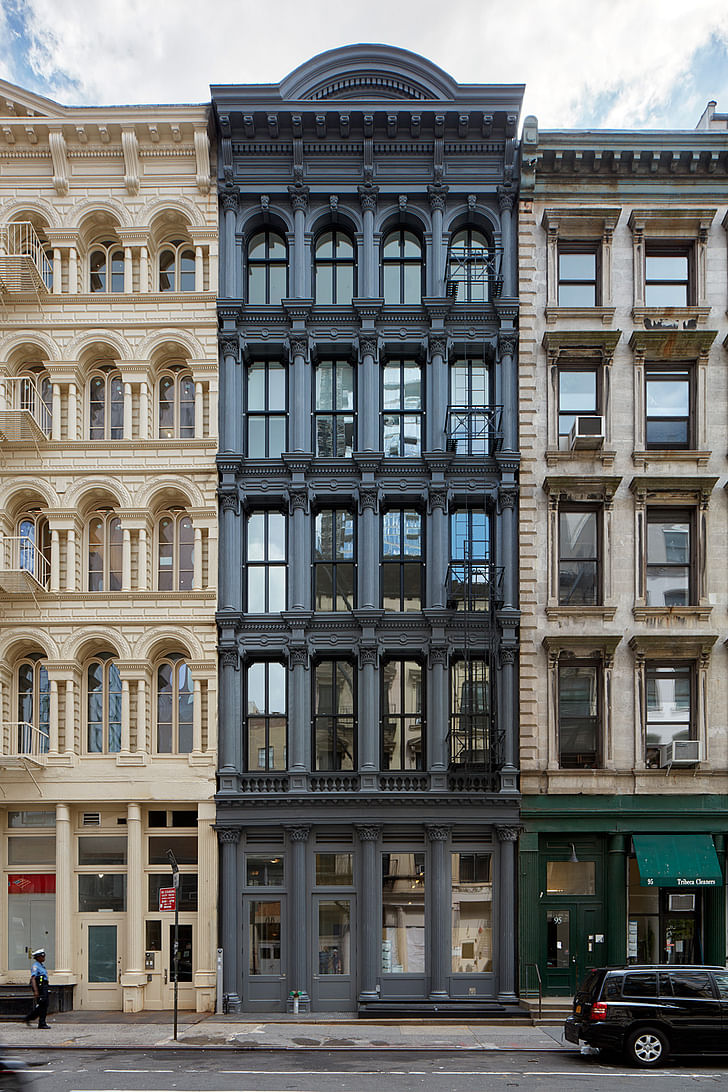
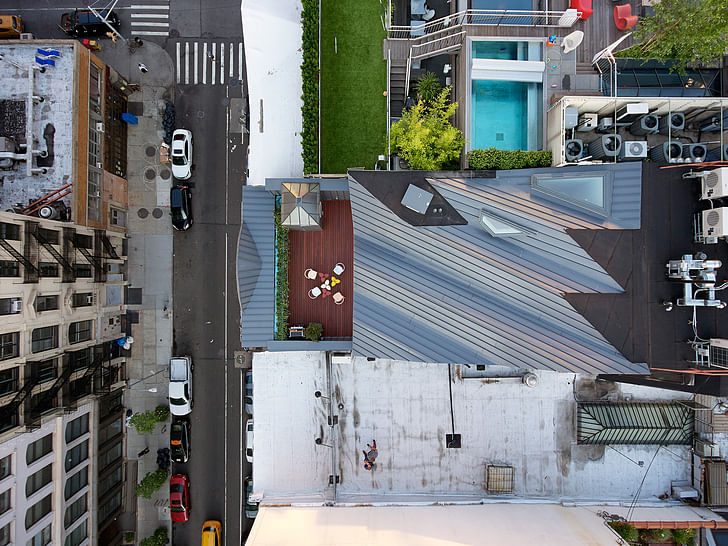
According to WORKac, there’s another level of façade-work at play in the design: its relationship to nature or, more specifically, so-called “second nature”. It’s actually a relatively straight-forward idea. “First nature” is all the things we may imagine when we think of “nature”: bucolic landscapes, chirping birds, pristine wilderness. This is a front. In truth, there is no pure nature untouched by human mediation now that we’ve entered the epochal era called the Anthropocene. But this isn’t necessarily as bad as it sounds. “Second nature” implies the possibility for new ways to coexist with nonhuman things—at least according to WORKac.the façade doesn’t necessarily match up with what’s happening inside
“Second nature” means things are not what they seem—that the façade doesn’t necessarily match up with what’s happening inside. The New York subway is an ecosystem teeming with human and non-human life. A luxury bathroom fosters bacterial proliferation. At the newly-revamped Stealth House, steam from the master-bathroom waters a fern garden in every unit. Above each kitchen is an herb garden. Natural imagery, rendered with digital technologies, abound.
We chatted with WORKac to hear a bit more about their work at the Obsidian Building.

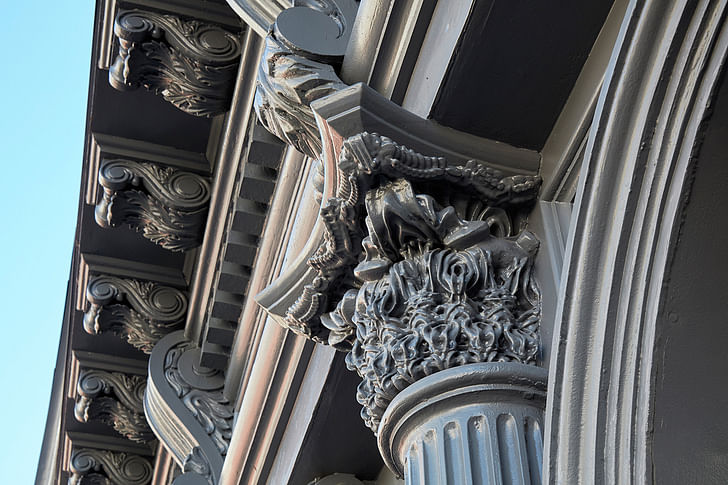
What was the brief for the project?
The brief was to create unique conditions for urban living, in order to make the development stand out in the crowded TriBeCa market and to maximize the size of the rooftop addition in order to create as much new square footage as possible.
What were the major design challenges that you came across?
Landmarks was definitely the toughest. Because of the low building across the street the rooftop was very visible. When we first looked at it we weren't sure we could get any rooftop addition. In the end, our 'shadow' technique not only netted an additional 1,750 square feet of penthouse but also created a very sculptural form. Landmarks was very happy with this combination.
The rest of the building was pretty straightforward. This was our first developer project and there were some interesting discussions with the brokers regarding materials and equipment that we had not had on private residential projects. In the end, though, they provided valuable input and insights into the market that helped make the project successful.
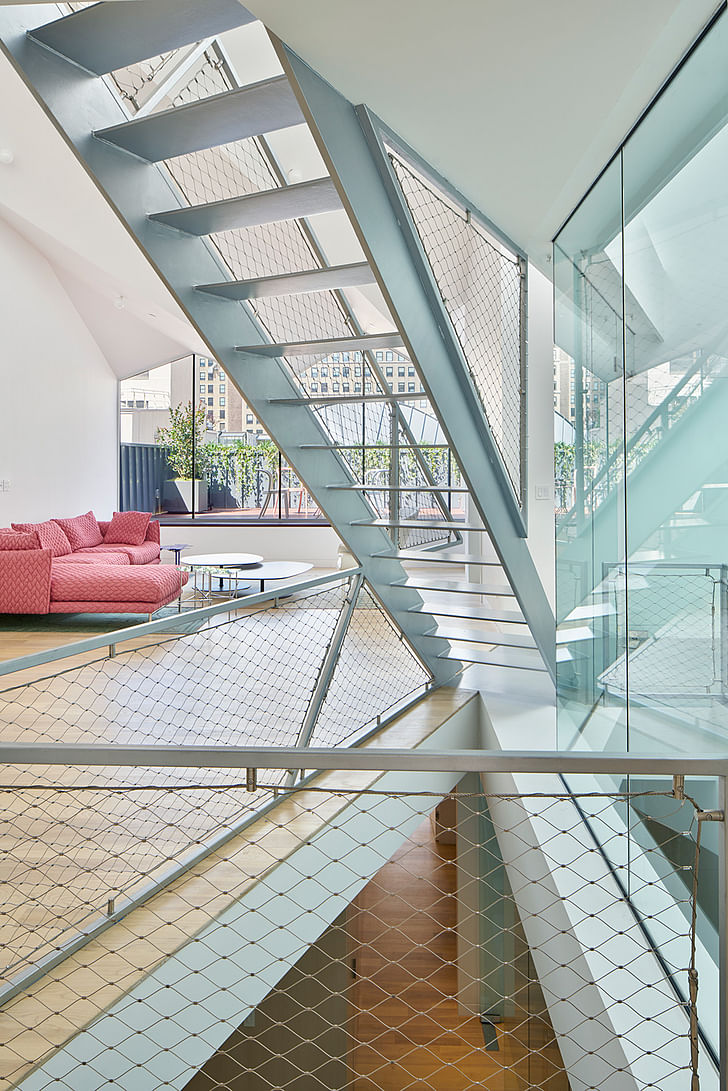
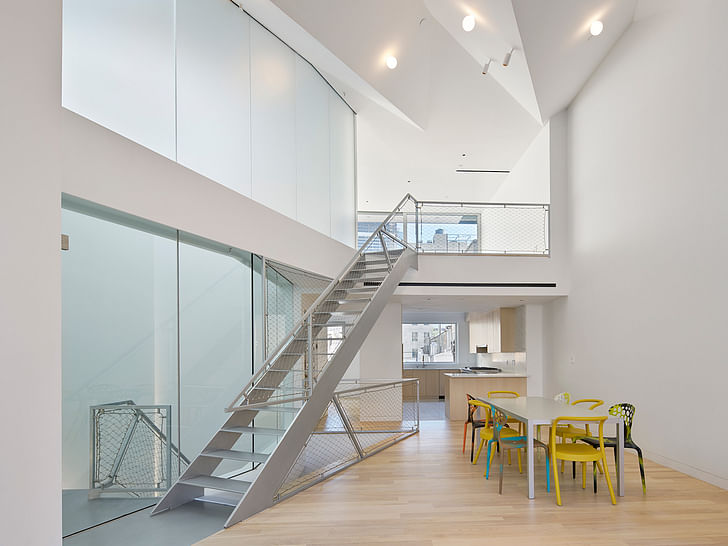
Can you tell me about the 3D printed capitals?
The developer Jourdan and Gaia Krauss of Knightsbridge Properties had always incorporated art into their other developments and had asked us to think of ways that we could work with an artist on the Stealth Building. Since all of the the capitals were missing and there was no solid photographic or drawing evidence of what they had looked like, we thought this would be an interesting possibility for collaboration. We asked Michael Hansmeyer to create a computer program that would "grow" contemporary versions of the capitals using fractals and floral elements, while respecting the proportional rules of the Corinthian order. The result is—like the rooftop addition—something that is almost invisible on first glance, but radically contemporary on closer inspection.
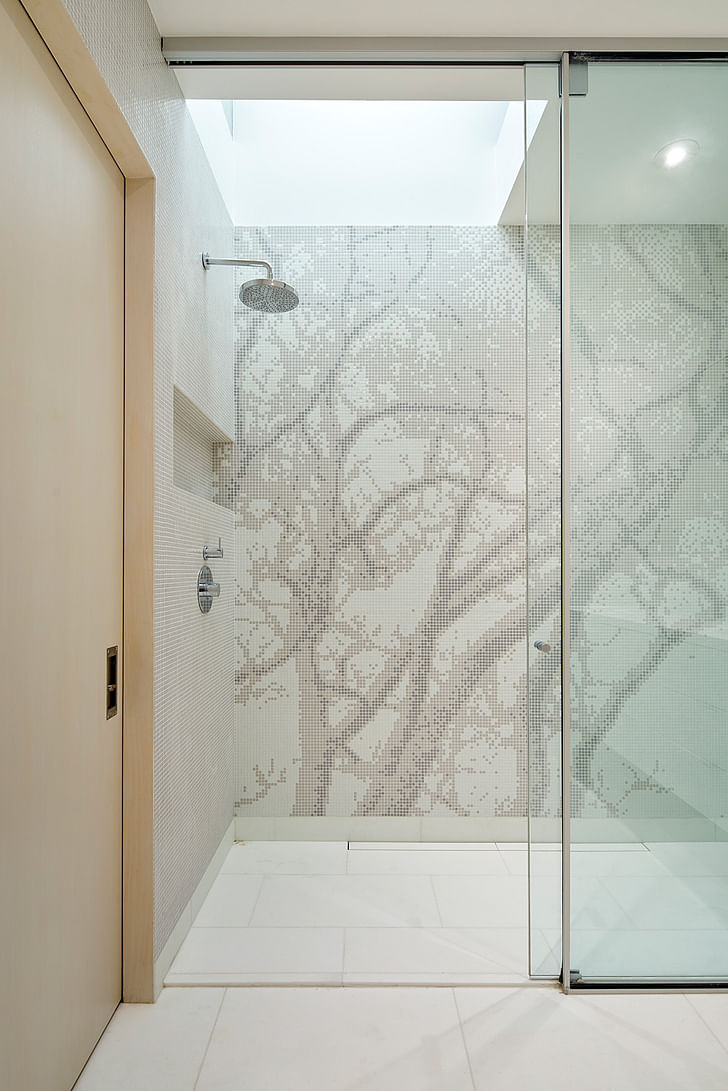
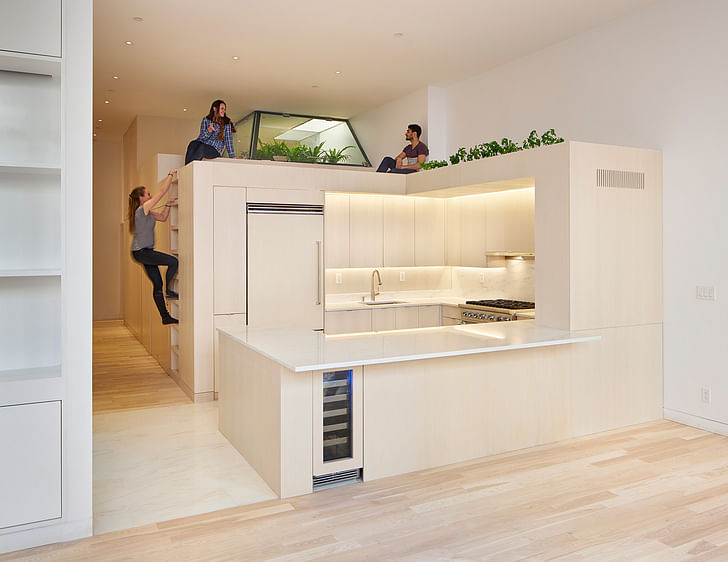
What aspects of the project would you say exemplify the ethos of WORKac?
We were very happy to have the opportunity to create new ideas about urban living that combine elements of "second nature" into the design. For us second nature is the condition we live in around the world, whereby all nature has been mediated by the Anthropocene. By recognizing this we can find new ways to harness and coexist with nature in the search for a more sustainable future.
In the building this idea is represented in various ways, from the terraces that allow free movement between inside and outside on the second, fifth and sixth floors to the tessellated green wall in the building lobby to the computer-manipulated forms of the column capitals. In the units themselves, we worked with Bisazza on murals of trees made from mosaic tiles in the bathrooms and each of the single floor units has built-in composting, an herb garden above the kitchen and a fern landscape connected to the master bathroom and watered by steam from the master shower condensing on the glass enclosure. By keeping clean, you are automatically living green!
More images and drawings in the gallery below.
Writer and fake architect, among other feints. Principal at Adjustments Agency. Co-founder of Encyclopedia Inc. Get in touch: nicholas@archinect.com
No Comments
Block this user
Are you sure you want to block this user and hide all related comments throughout the site?
Archinect
This is your first comment on Archinect. Your comment will be visible once approved.